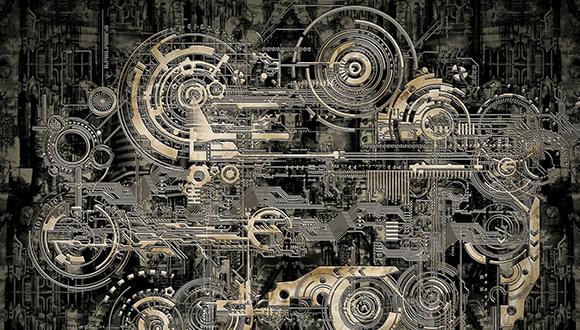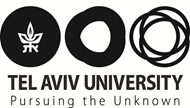Department Seminar of Asaf Asher - Modeling, Fabrication and Characterization of Curved Tunable Micro-plates
Wednesday 6.03.2024 at 14:00
Wolfson Building of Mechanical Engineering, Room 206
Modeling, Fabrication and Characterization of
Curved Tunable Micro-plates
Asaf Asher
Ph.D. Student, under the supervision of Prof. Slava Krylov and Prof. Rivka Gilat
School of Mechanical Engineering, Tel Aviv University, Tel Aviv, Israel
Bistable curved microplates prone to snap-through (ST) buckling manifest extremely high sensitivity in the vicinity of the critical configurations when a minor change in the external stimuli results in an essentially different response. This feature lies in the foundations of a broad range of bifurcation-based sensors such as threshold accelerometers, optical switches, pressure, gas, and mass sensors.
Here we study both theoretically and experimentally the stability and spectral response of curved circular microplates actuated by a distributed electrostatic force. The aluminum-made plates with thickness of a few hundred nanometers and radii varying between 300 µm and up to 700 µm were micro fabricated by an innovative process combining deep reactive ion etching (DRIE) of silicon wafer and mold-less forming. The plate’s dynamics were investigated theoretically using the Von-Karman theory combined with the reduced order (RO) Galerkin approximation and fully coupled electromechanical finite element (FE) analysis. In the experiments, the electrostatic force containing both steady (dc) and time-harmonic (ac) components was applied to the plate. The responses in air and vacuum were measured using scanning laser Doppler vibrometry (LDV) and the spectral content of the plates, their resonant frequencies, and modal shapes, were obtained. Fabrication-related residual stress in the free-standing Al layer was measured based on the resonant responses of the flat plates and was shown to play an instrumental role in the forming process. Consistently with RO and FE model predictions, large frequency tunability up to 50% and increased sensitivity to loading of the curved plates were observed in the configurations close to the stability boundaries. In the case of an initially flat plate of similar geometry, frequency tunability of only 2% was achieved at the same voltage. Bistability of the plates undergoing linearly increasing electrostatic loading was also demonstrated in the experiments.
Fig.1 (a) Frequency shift due to the DC voltage increase. Experiment (solid blue line) and FE model (dashed-dot red line) results. (b) Image of fabricated, radius ≈300 μm, Center elevation ≈25 μm
and thickness ≈0.4 μm


